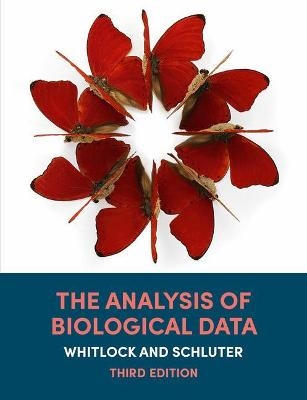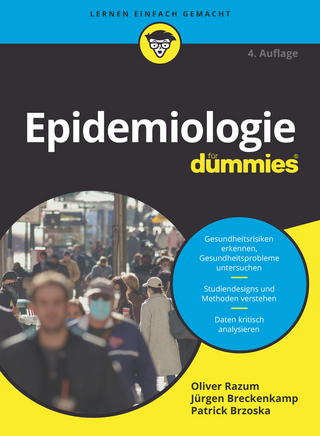
The Analysis of Biological Data
W.H.Freeman & Co Ltd (Verlag)
978-1-319-32534-3 (ISBN)
The new 12th edition of Introduction to Genetic Analysis takes this cornerstone textbook to the next level. The hallmark focuses on genetic analysis, quantitative problem solving, and experimentation continue in this new edition while incorporating robust updates to the science.
Introduction to Genetic Analysis is now supported in Achieve, Macmillan’s new online learning platform. Achieve is the culmination of years of development work put toward creating the most powerful online learning tool for biology students. It houses all of our renowned assessments, multimedia assets, e-books, and instructor resources in a powerful new platform.
Michael Whitlock is an evolutionary biologist and population geneticist. He is a professor of zoology at the University of British Columbia, where he has taught statistics to biology students since 1995. Whitlock is known for his work on the spatial structure of biological populations, genetic drift, and the genetics of adaptation. He has worked with fungus beetles, rhinos, and fruit flies; mathematical theory; and statistical genetics. He is a fellow of the American Academy of Arts and Sciences and a fellow of the American Association for the Advancement of Science. He is also the former editor-in-chief of The American Naturalist. Dolph Schluter is a Professor and Canada Research Chair in the Zoology Department and Biodiversity Research Center at the University of British Columbia. He is known for his research on the ecology and evolution of Galapagos finches and threespine stickleback. He is a fellow of the Royal Societies of Canada and London and a foreign member of the Academy of Arts and Sciences.
PART 1 INTRODUCTION TO STATISTICS
1. Statistics and samples 1
INTERLEAF 1 Biology and the history of statistics 23
2. Displaying data 25
3. Describing data 65
4. Estimating with uncertainty 95
INTERLEAF 2 Pseudoreplication 115
5. Probability 117
6. Hypothesis testing 149
INTERLEAF 3 Why statistical significance is not the same
as biological importance 176
PART 2 PROPORTIONS AND FREQUENCIES
7. Analyzing proportions 179
INTERLEAF 4 Correlation does not require causation 201
8. Fitting probability models to frequency data 203
INTERLEAF 5 Making a plan 233
9. Contingency analysis: associations between
categorical variables 235
Review Problems 1 269
vii
WS2_Frontmatter_pi-xxxiv_v2.indd 7 13/07/16 11:55 AM
viii Contents in brief
PART 3 COMPARING NUMERICAL VALUES
10. The normal distribution 273
INTERLEAF 6 Controls in medical studies 301
11. Inference for a normal population 303
12. Comparing two means 327
INTERLEAF 7 Which test should I use? 366
13. Handling violations of assumptions 369
Review Problems 2 417
14. Designing experiments 423
INTERLEAF 8 Data dredging 456
15. Comparing means of more than two groups 459
INTERLEAF 9 Experimental and statistical mistakes 500
PART 4 REGRESSION AND CORRELATION
16. Correlation between numerical variables 503
INTERLEAF 10 Publication bias 535
17. Regression 539
INTERLEAF 11 Using species as data points 593
Review Problems 3 597
PART 5 MODERN STATISTICAL METHODS
18. Multiple explanatory variables 605
19. Computer-intensive methods 635
20. Likelihood 655
21. Meta-analysis: combining information from
multiple studies 681
| Erscheinungsdatum | 13.03.2020 |
|---|---|
| Zusatzinfo | Approx. 125 p. |
| Sprache | englisch |
| Maße | 155 x 235 mm |
| Themenwelt | Mathematik / Informatik ► Mathematik |
| Studium ► Querschnittsbereiche ► Epidemiologie / Med. Biometrie | |
| Naturwissenschaften ► Biologie | |
| Schlagworte | Biological Statistics • Biostatistics • Schluter • Statistics for Life Science • whitlock |
| ISBN-10 | 1-319-32534-3 / 1319325343 |
| ISBN-13 | 978-1-319-32534-3 / 9781319325343 |
| Zustand | Neuware |
| Informationen gemäß Produktsicherheitsverordnung (GPSR) | |
| Haben Sie eine Frage zum Produkt? |
aus dem Bereich


